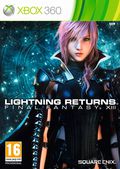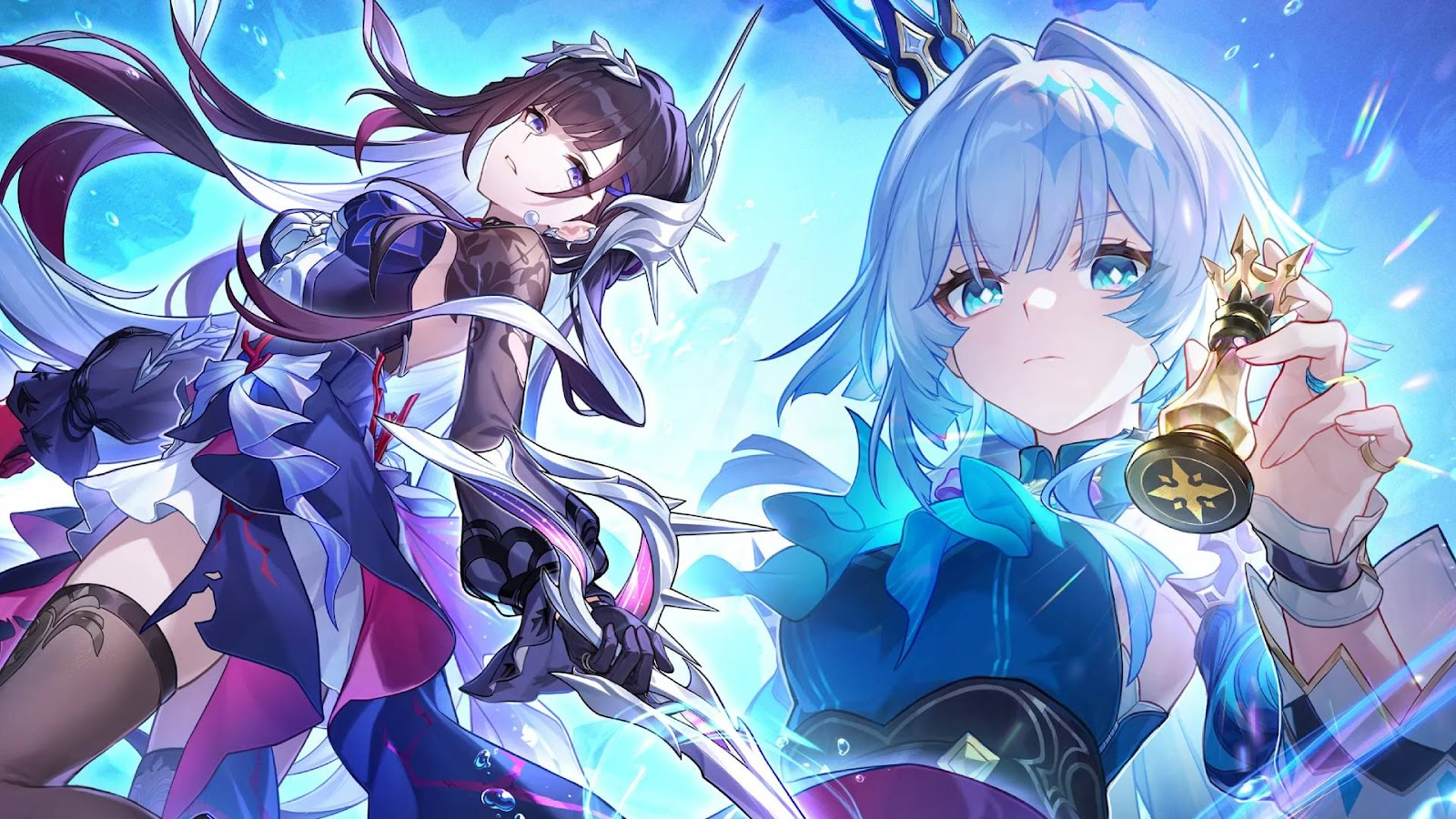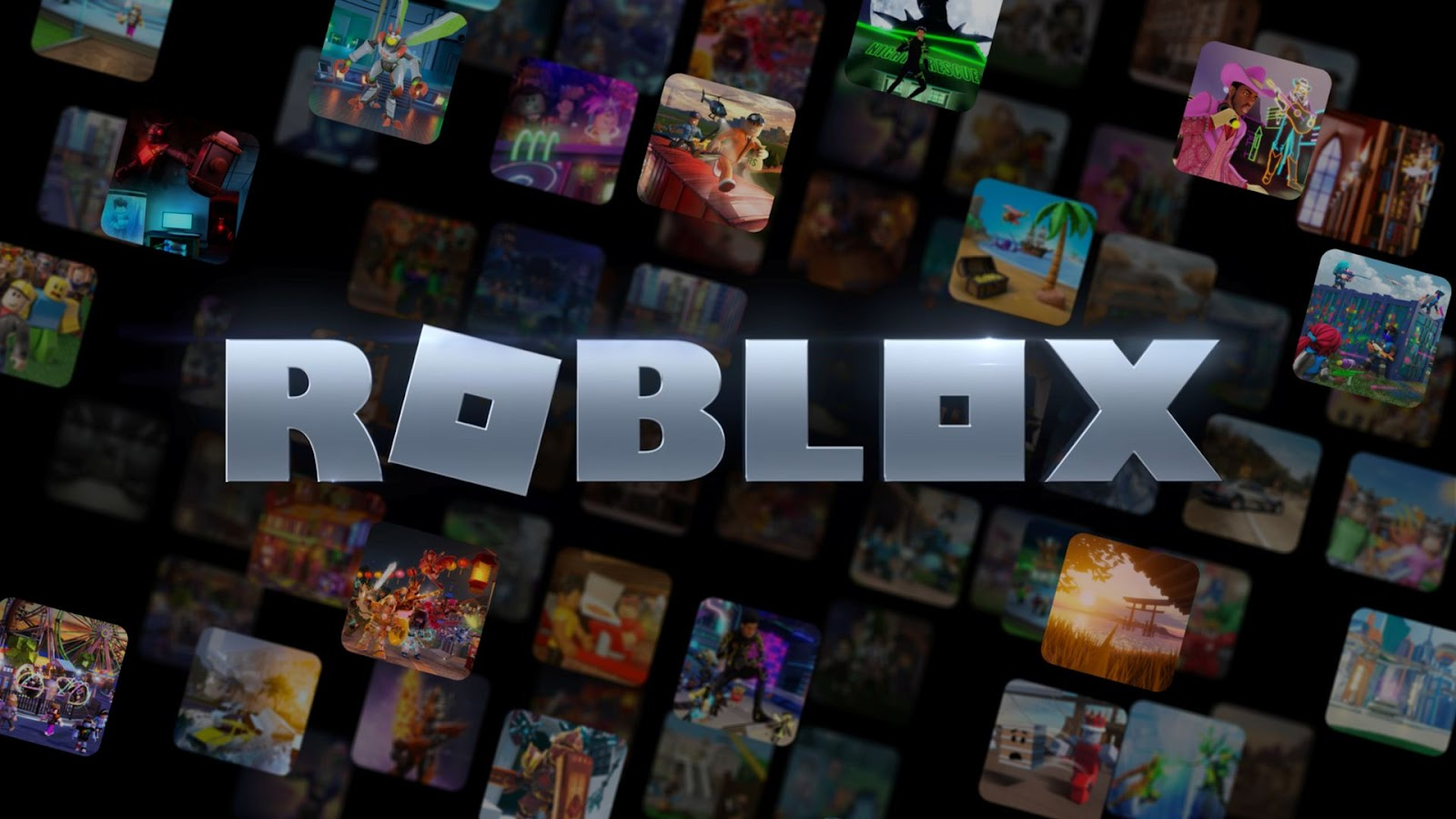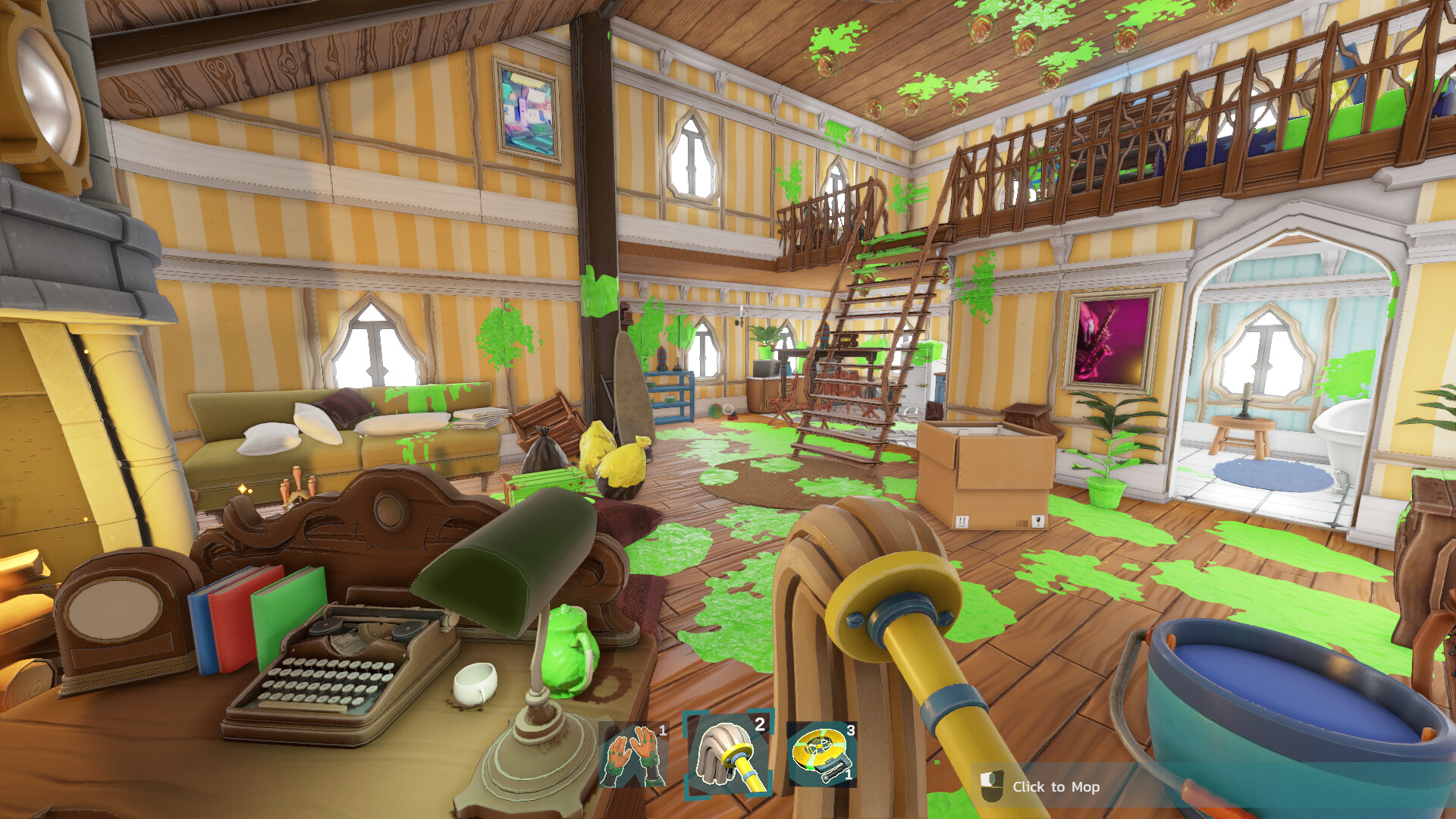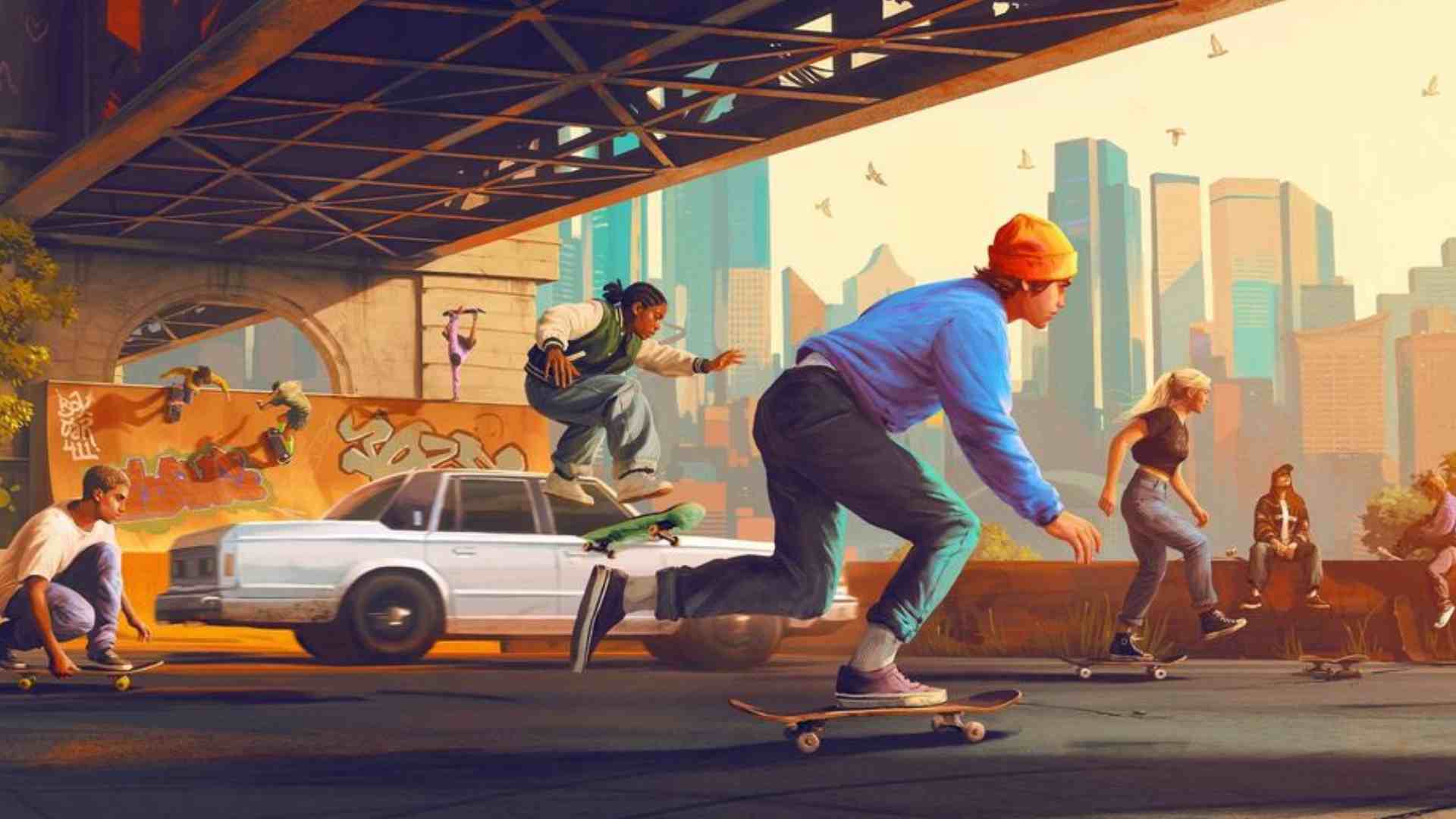You can trust VideoGamer. Our team of gaming experts spend hours testing and reviewing the latest games, to ensure you're reading the most comprehensive guide possible. Rest assured, all imagery and advice is unique and original. Check out how we test and review games here
Lightning Returns is going to punish players who like to soak up vistas. It’s okay, though, because it’s built to be played more than once. It wants each playthrough to be a learning experience, and not a lumbering, grind-heavy slog.
Key to this is the time mechanic. After being told early on you have 13 days to save the world, you’ll start to feel the pressure. Minutes pass in seconds, hours pass in minutes, and if you let the counter run completely dry, you’ll be plopped back to the start in new game+ mode.
The Ark is the base of your operations. It’s a piece of ancient technology hovering in the heavens where time stands still, a countdown clock hanging ominously at its sterile centre. At its side a twisted tree levitates, suspended in the air by angelic wings. At 6am each day, you’re transported here – regardless of what you’re doing – and you must offer a substance called Eradia (earned by saving souls) to the tree. This isn’t just any old flying tree, you see. This is Yggdrasil – the tree of life. Yes, like the one from Norse mythology, but more… floaty.
When you offer Eradia to the tree it grows new limbs, each sprouting a bulb-like light to signify extra time has been granted, dimming in turn as time runs out. If you grant enough Eradia, you’ll get the full 13 days, otherwise you best move your ass. The amounts of Eradia vary from quest to quest, with the more difficult tasks supplying larger helpings of the substance. The trick is to be methodical. It’s a numbers game – you can’t save everyone’s soul.
Some sidequests have time limits, where reaching a certain point in the main story will see the quest giver vanish – but sometimes it’s best to plough on with the main quest regardless, as these grant massive amounts of Eradia. Although the ‘impending destruction of the world’ story draws parallels with The Legend of Zelda: Majora’s Mask, the way the game uses time has more in common with Dead Rising.
To defeat extinction, Lightning needs to move quickly between different locations throughout each day, travelling between them all using the railway and trains provided. One minute you’ll be running through the streets of Yusnaan, a city stuck in a state of perpetual revelry, and the next you’ll be riding a chocobo through a verdant countryside.
Take the train again and you might find yourself in the Dead Dunes – a huge desert filled with hidden tombs, slippery dunes and a ringed planet dominating its horizon. Lastly, there’s the religious city, Luxerion, with its tight alleyways and gothic cathedral thrusting out of its skyline. You must dip in and out of these four locations depending on time of the day, making the most efficient use of the little time you have.
Rather than focusing on one storyline, Lightning has to try and tie all threads at once. The best way to approach this, I found, was to take each quest as far as they go, until you either complete it or reach a point beyond your abilities. If you hit a wall, pop off and find something more suited to your skill level – maybe turn in a few sidequests at each location’s quest board. The sidequests are mostly of the fetch quest variety, so you’ll naturally pick up the items needed as you pursue the main quests. When you’ve got them, turn them in. Grow stronger, gain more Eradia and get more time. Become the master plate spinner.
You want to waste as little time as possible, even dashing between shops like a nutty kleptomaniac. Each of the four locations are large enough to get lost in, so consulting your map often is key to managing your time when adventuring.
Lightning Returns wants people to plan their journey and improve with each attempt. The more you look at the map in each location, the more you start to feel your way around without consulting it. The more notes you leave, the easier it is to remember locations of important items or NPCs.
This aspect of the game is likely to form a decent community, with people perfecting runs and sharing tips on where and why to mark specific map locations. You can even use your first run to plan out your next, faster playthrough. Speedrunners are going to have a field day with this, which speaks to the way that the series has evolved. It may have been unnecessary, but Lightning Returns isn’t unwelcome.
*(I’ll let you in on a special little tip I learned to perfect that run: if you have the game on pause, don’t sit on your controller. Save before pausing, people. You never know when your backside will turn against you.)
Lightning Returns: Final Fantasy XIII
- Platform(s): PlayStation 3, Xbox 360
- Genre(s): Action

/https://oimg.videogamer.com/images/ab9f/lightning_returns_final_fantasy_13_186.jpg)
